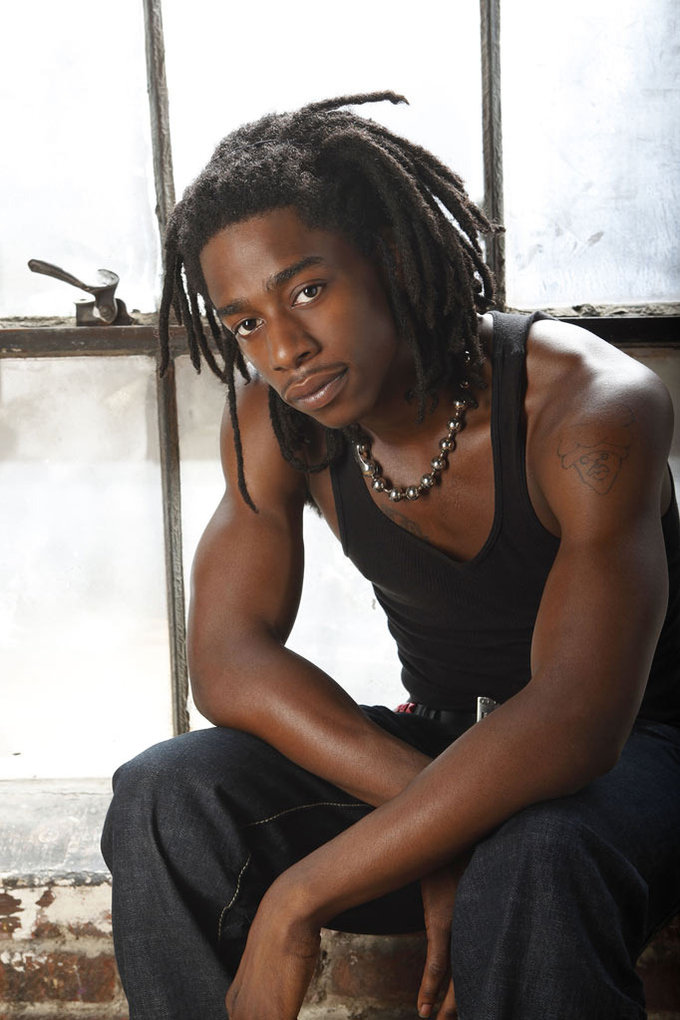SYTYCD Winner Sprains Ankle in Finale

Last night’s finale had a little more excitement in it than expected when popular favorite Russel Ferguson injured his ankle during an early dance routine. According to Ferguson, “After I jumped off the stage … I had come down on my leg wrong and something shifted over my ankle and it caused it to swell up. And it was real tight, so I wasn’t cleared to be able to dance for the rest of the night. But I could walk.” He limped onto the stage when the winner was finally announced, but his pain seemed to disappear when his name was called.
The ankle joint is made up of 3 bones, ligaments and a joint capsule:
- The tibia,sometimes called the shin bone, is the main bone of the lower leg, and makes up the inside of the ankle joint.
- The fibula is a smaller bone that lays next to the tibia on the outside of the lower leg and makes up the outer side of the ankle joint.
- The talus is a odd hump shaped bone of the foot that the tibia and fibula arch over to form the ankle. Those bumps that stick out from the sides of your ankles are called malleoli (singular is malleolus). They are the end parts of the tibia and fibula that surround the talus.
- A fibrous membrane called the joint capsule,lined with a smooth layer called the synovium, encases the bony joint structure. The joint capsule contains synovial fluid produced by the synovium which allows for smooth movement of the joint surfaces.
- The ankle joint is stabilized by 3 groups of ligaments, which are fibers that hold these bones in place.
 A sprain is an injury to the ligaments (thick bands of cartilage that connect bone to bone)caused by a fall or outside force that pulls the surrounding joint beyond its normal range of movement. The degree of sprain can range from a stretched ligament to a completely torn ligament. Symptoms include pain with movement, swelling, bruising, and joint instability.The only way to know for sure whether an injury is a fracture or a sprain is by taking an x-ray of the ankle.Mild injuries of either type are treated with RICE therapy- rest, ice, compression and elevation. More severe injuries may require immobilization or possibly surgery to restore function.
A sprain is an injury to the ligaments (thick bands of cartilage that connect bone to bone)caused by a fall or outside force that pulls the surrounding joint beyond its normal range of movement. The degree of sprain can range from a stretched ligament to a completely torn ligament. Symptoms include pain with movement, swelling, bruising, and joint instability.The only way to know for sure whether an injury is a fracture or a sprain is by taking an x-ray of the ankle.Mild injuries of either type are treated with RICE therapy- rest, ice, compression and elevation. More severe injuries may require immobilization or possibly surgery to restore function.
For more information:
| Resounding Health(tm) Orthopedic injuries |
























0 comments